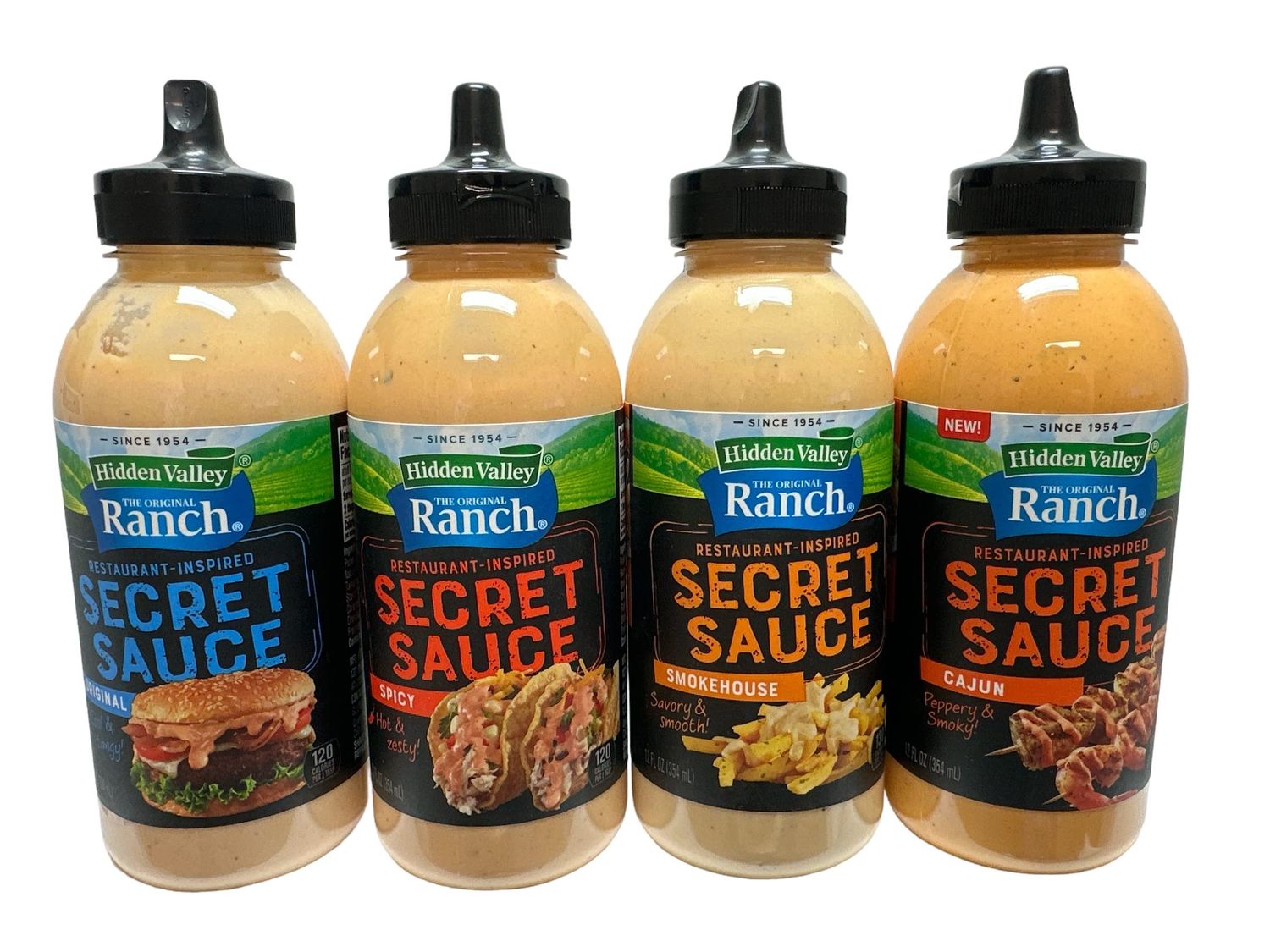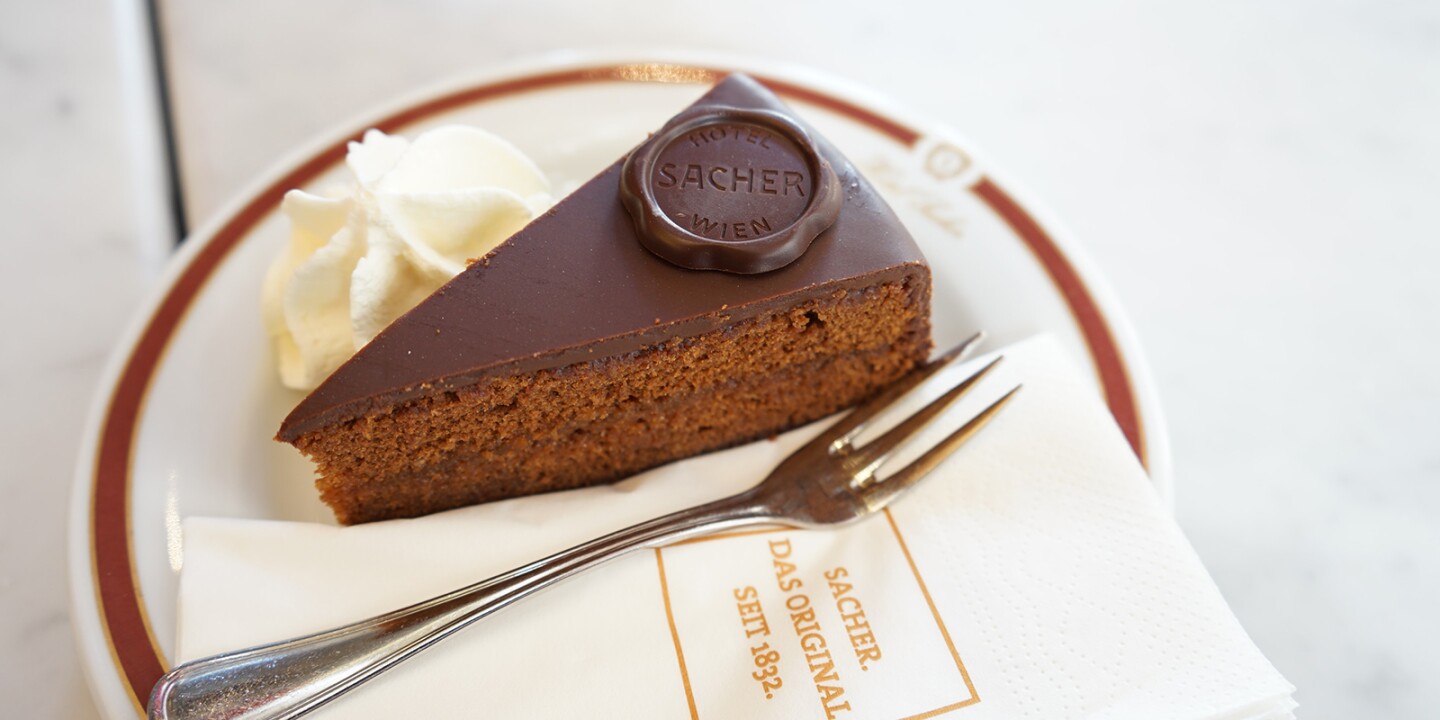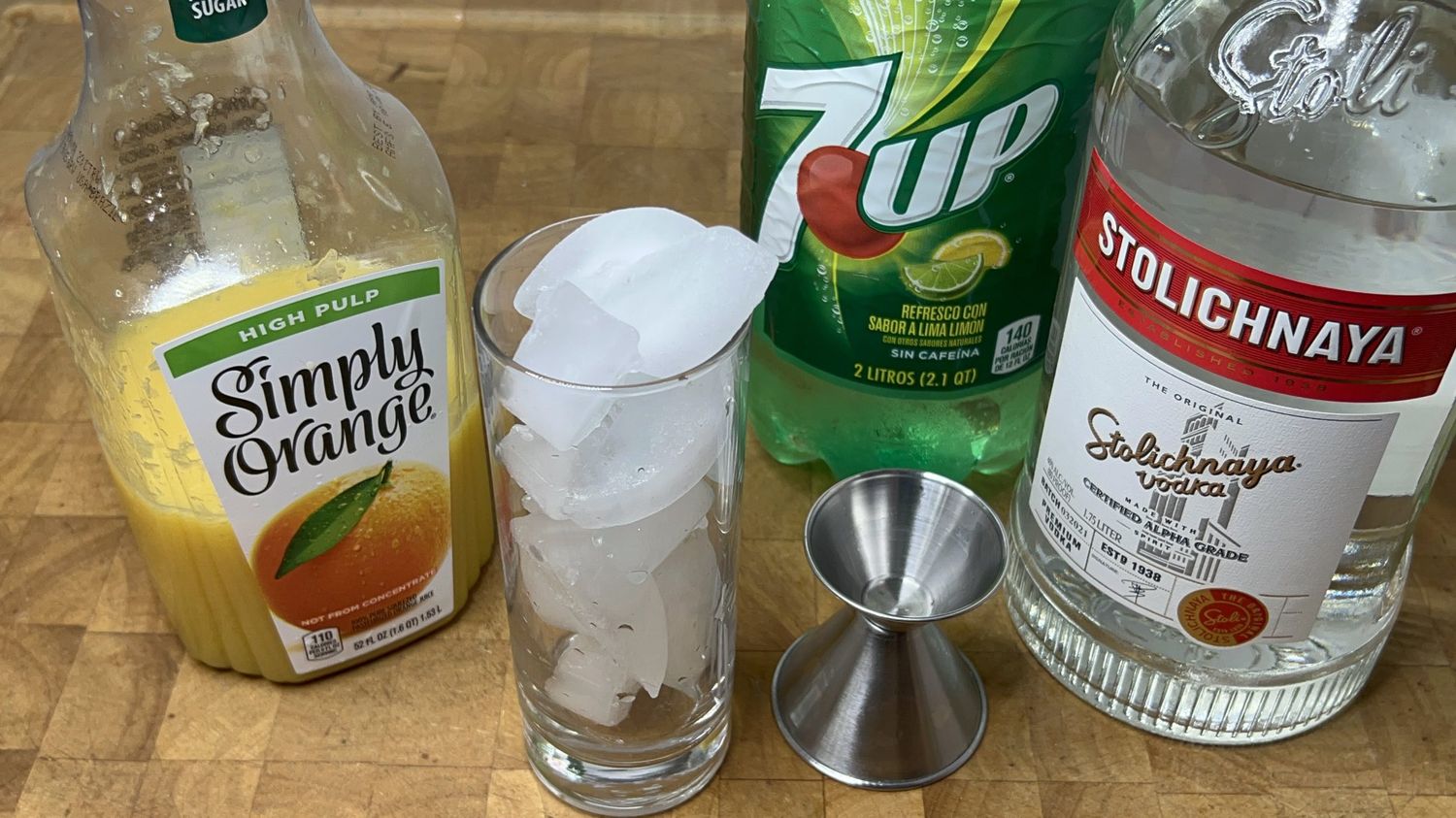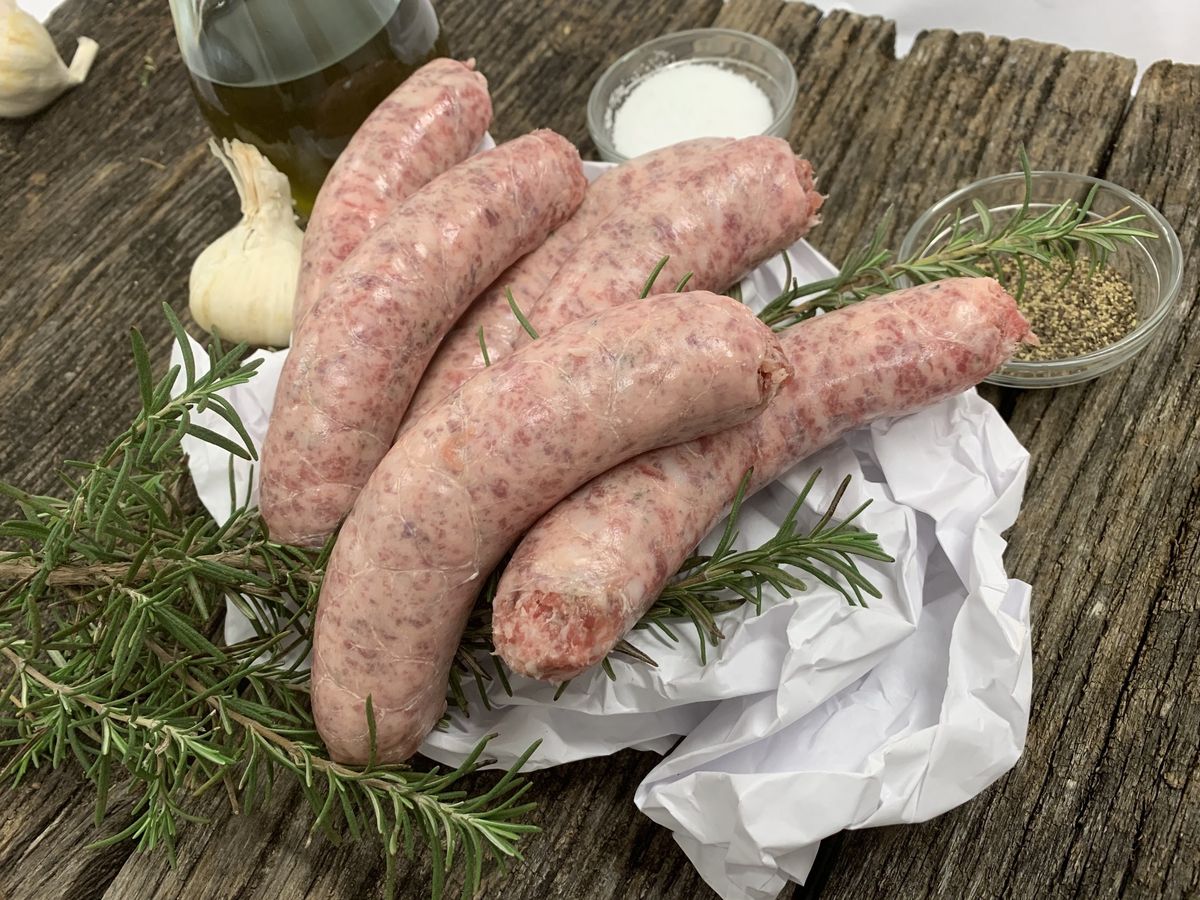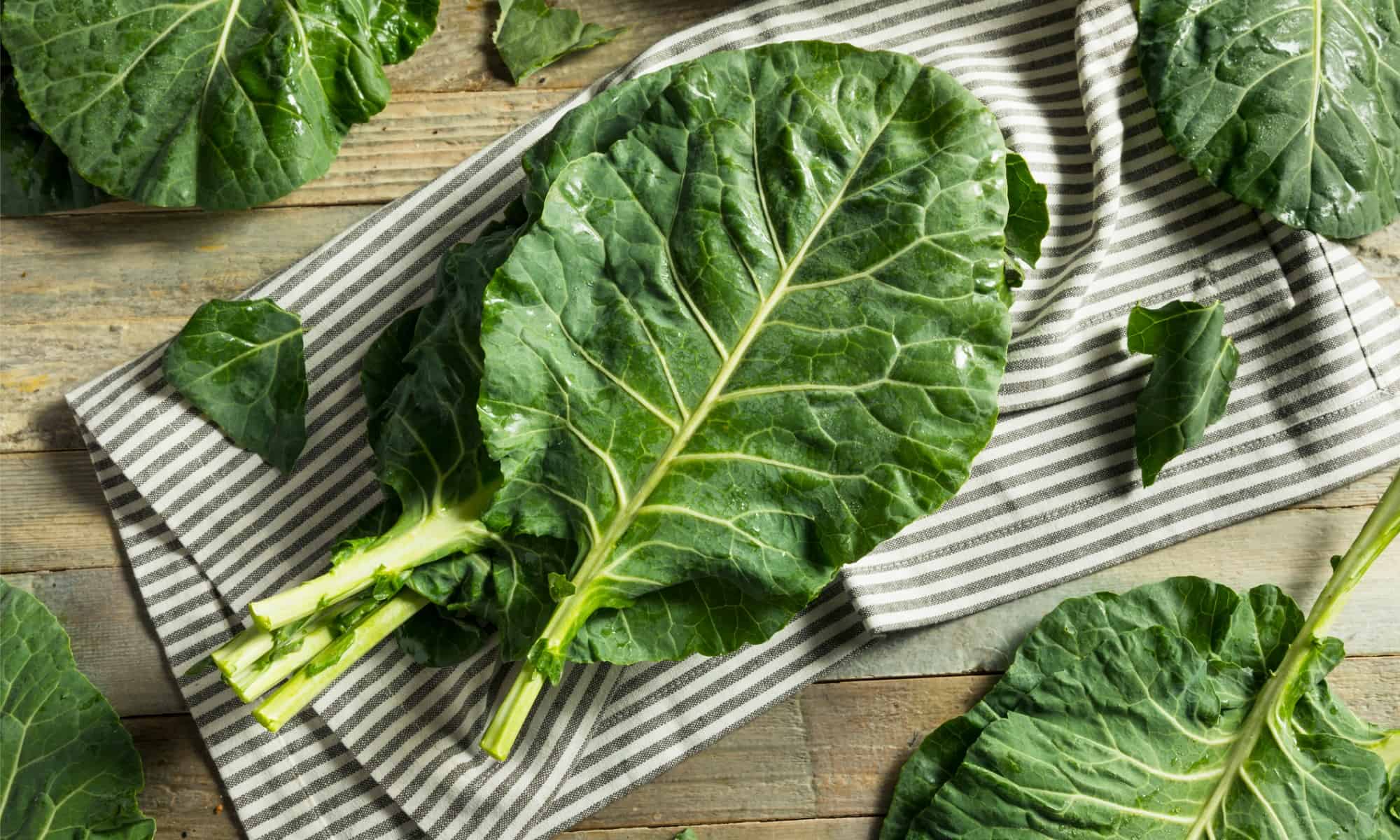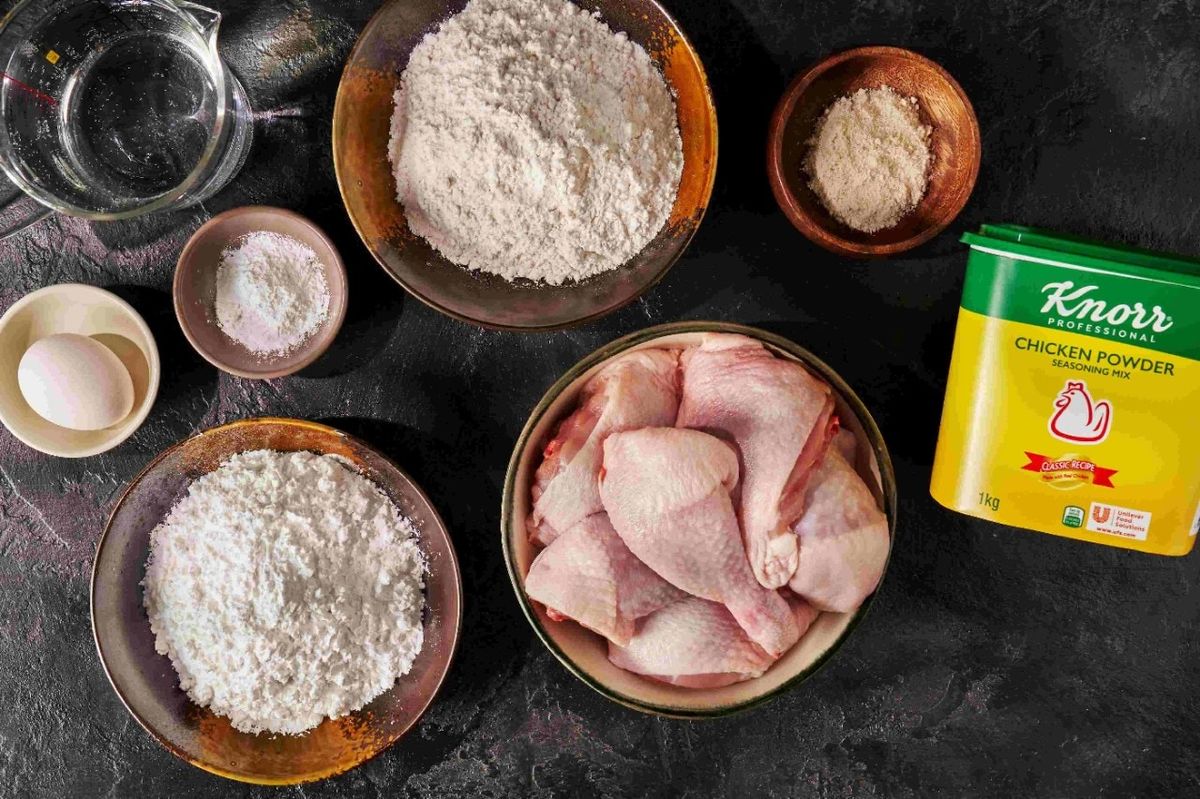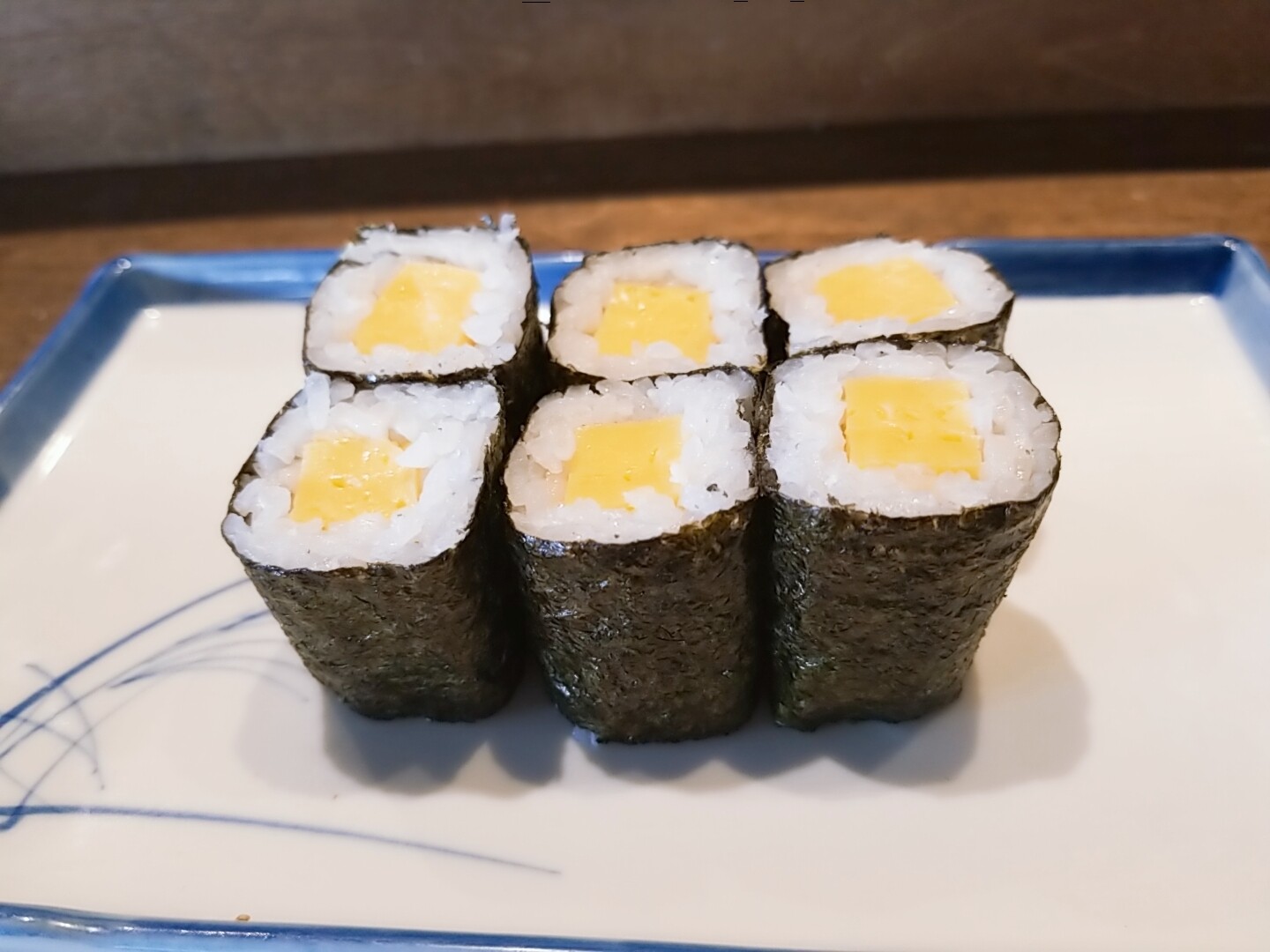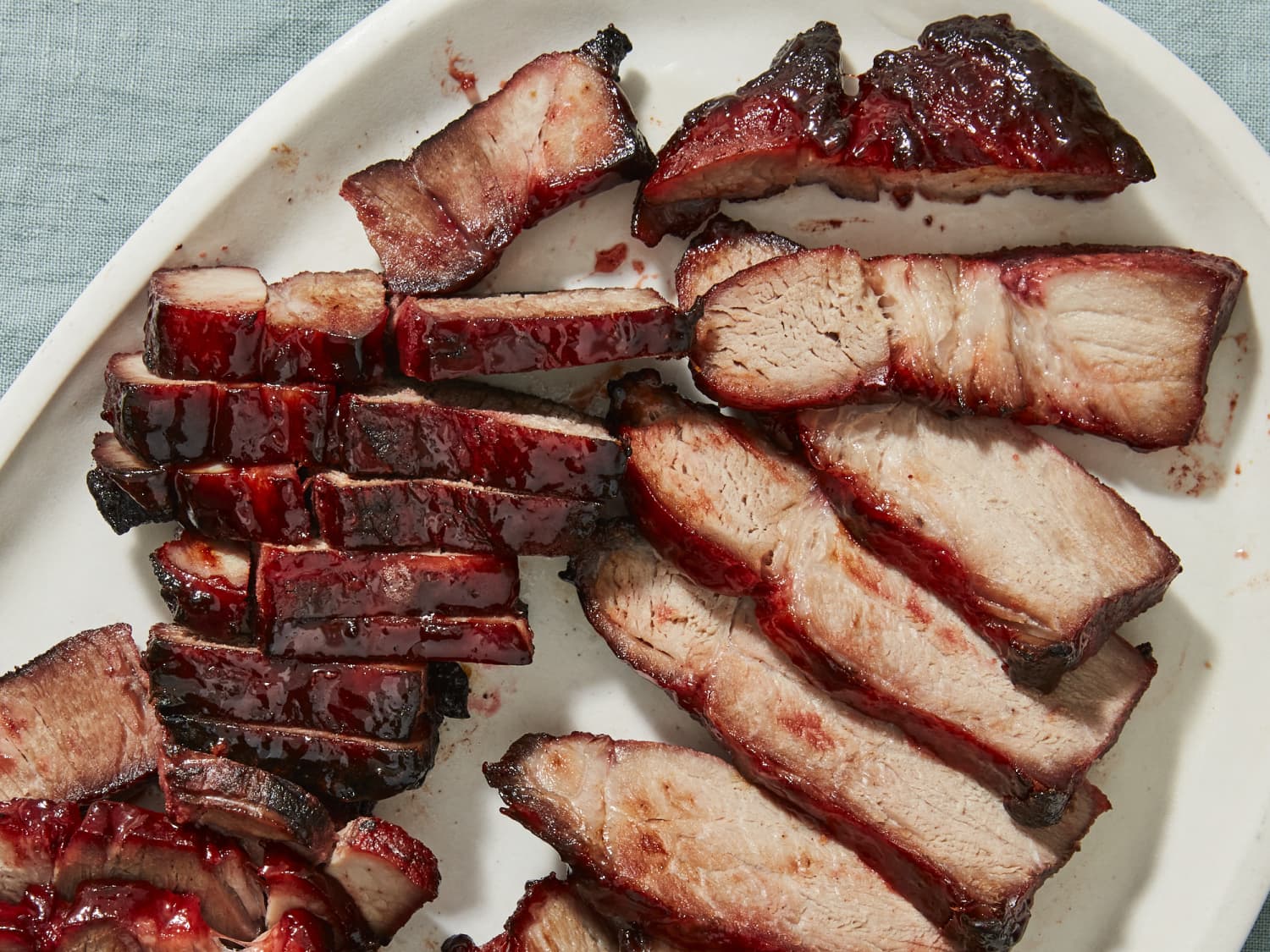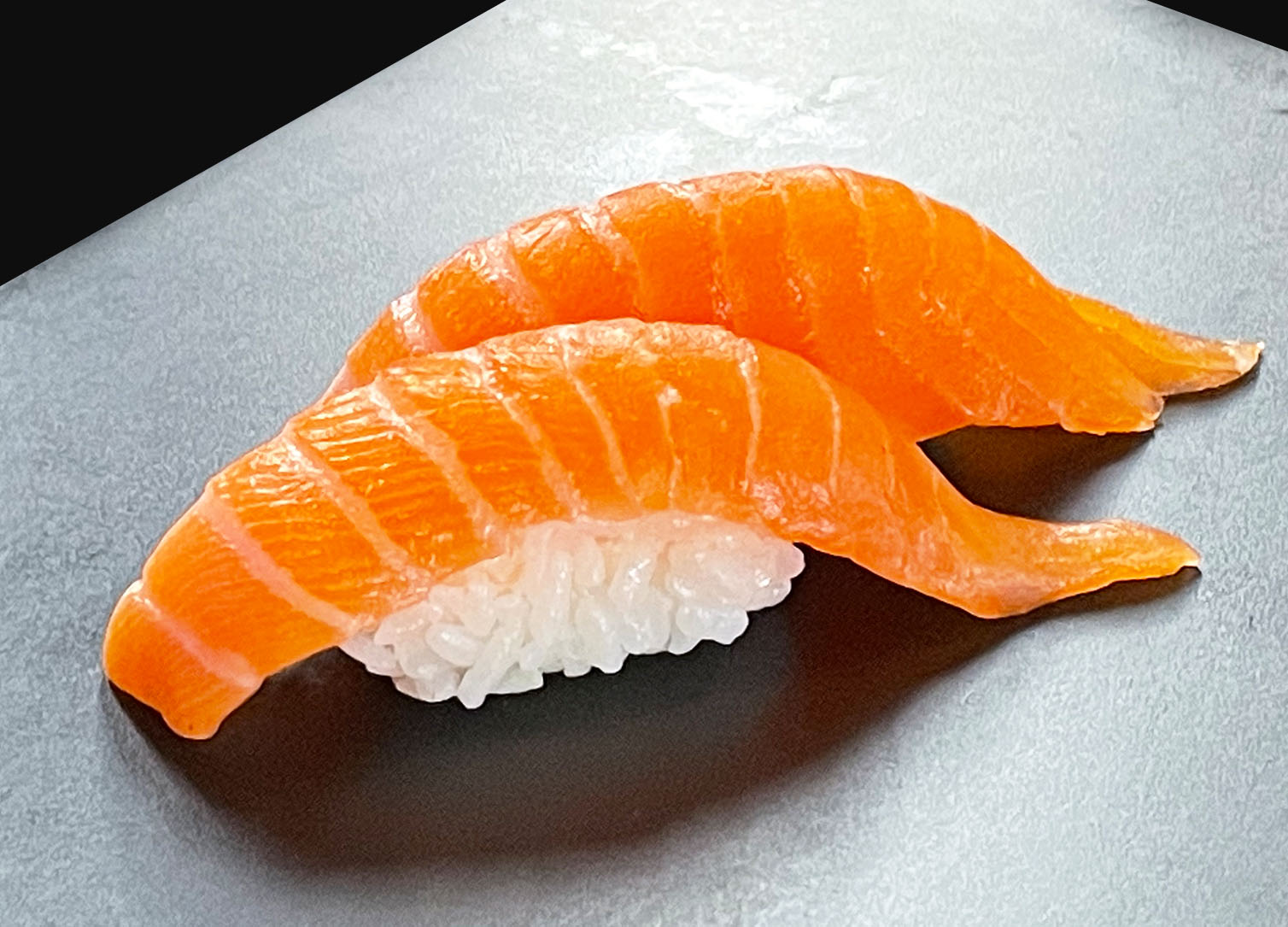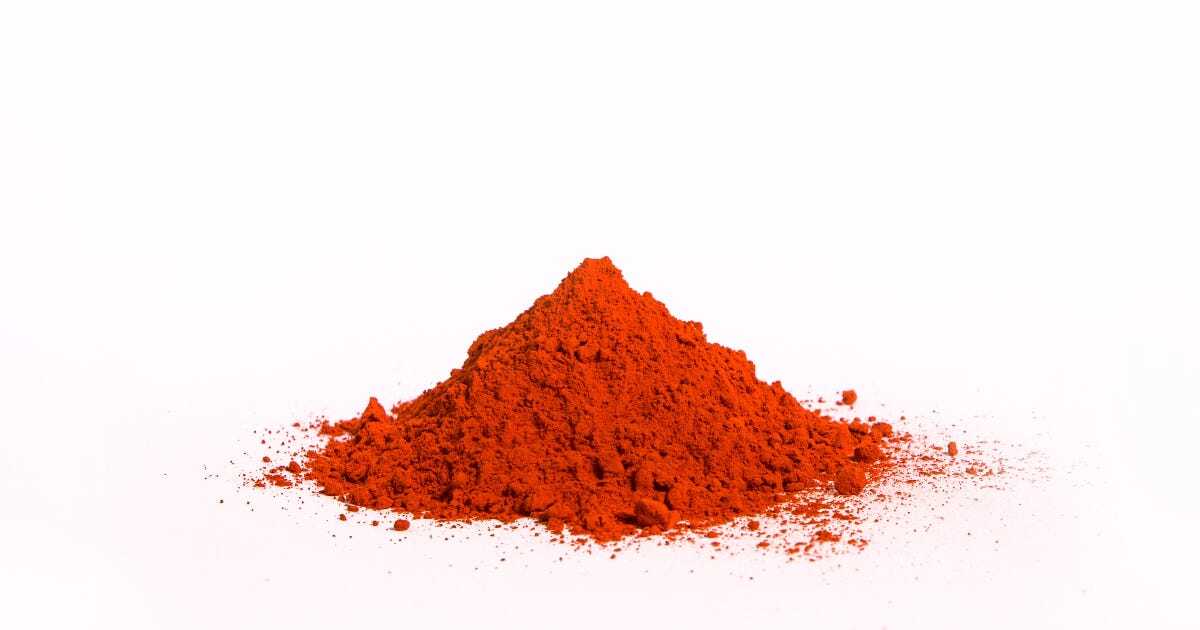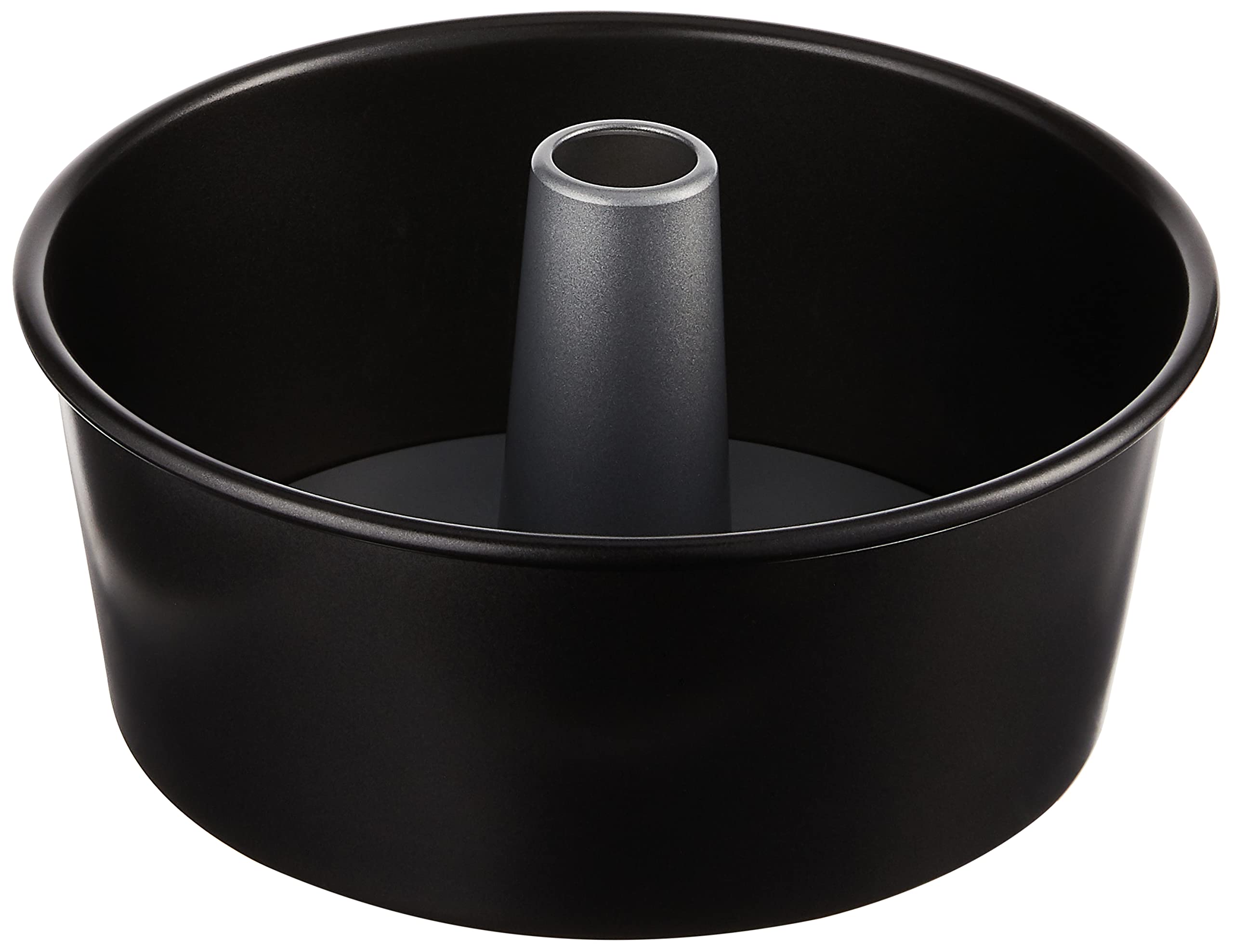Understanding the Delicious Delicacy: Roulade
Have you ever heard of a roulade? If you’re a food enthusiast or someone who loves to explore new culinary delights, then you’re in for a treat! A roulade is a versatile and delectable dish that has been enjoyed by food lovers for generations. In this article, we’ll delve into the world of roulades, exploring what they are, how they’re made, and the different variations that exist.
What Exactly Is a Roulade?
A roulade is a dish that is made by rolling a thin piece of meat, such as beef, chicken, or pork, around a filling, which can consist of anything from vegetables and cheese to herbs and spices. The word “roulade” itself is of French origin, and it translates to “roll” or “to roll.” This perfectly describes the process of creating a roulade, as the meat is typically pounded thin, filled, and then rolled up into a cylindrical shape before being cooked.
The Art of Making a Roulade
Creating a roulade is a culinary art form that requires skill and precision. The process begins with selecting a high-quality cut of meat and then pounding it to an even thickness. This not only tenderizes the meat but also ensures that it will roll up easily. Once the meat is prepared, it’s time to add the filling. This is where the creativity comes into play, as the filling can be customized to suit individual tastes and preferences.
After the filling is added, the meat is carefully rolled up and secured with kitchen twine or toothpicks to maintain its shape during cooking. The roulade is then typically seared in a hot pan to lock in the flavors before being roasted or braised until fully cooked.
Exploring the World of Roulade Variations
One of the most exciting aspects of roulades is the endless variety of flavors and ingredients that can be incorporated into them. While the classic roulade is made with meat, there are also vegetarian versions that feature ingredients like spinach, mushrooms, and cheese. Additionally, sweet roulades can be made with sponge cake or meringue, filled with decadent creams or fruit preserves, and served as elegant desserts.
Here are some popular variations of roulades:
- Beef roulade with a savory mushroom and onion filling
- Chicken roulade stuffed with spinach and feta cheese
- Pork roulade filled with apples and herbs
- Vegetarian roulade made with roasted vegetables and goat cheese
- Chocolate roulade filled with whipped cream and berries
Enjoying the Culinary Delight of Roulades
Whether you’re a fan of savory or sweet dishes, roulades offer a world of culinary possibilities to explore. From elegant dinner party entrees to indulgent desserts, there’s a roulade for every occasion. So, the next time you’re looking to impress your guests or simply treat yourself to something special, consider trying your hand at creating a delicious roulade. With its versatility and delectable flavors, it’s no wonder that roulades have stood the test of time as a beloved culinary delight.
Now that you’re familiar with the art of roulades, why not roll up your sleeves and give it a try? You might just discover a new favorite dish that will delight your taste buds and impress your friends and family!
Was this page helpful?
Read Next: What Is White Truffle?
